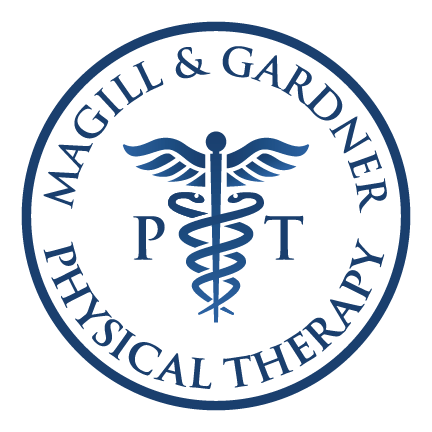Arthritis and Muscle Function
By Brian O’Neil PT, OCS, CSCS
Most of us have come to know osteoarthritis as a potentially devastating disease of the joints, causing pain, deformity, and disability in one or more joints of the body. We have either first-hand knowledge or have watched loved ones suffer from their affliction. What is less commonly known, and certainly less understood, is the relationship between the disease and our muscles. Earlier research focused on how arthritis in a joint would affect the surrounding muscles; however more recent evidence is emerging on the role our muscles play in the development and progression of the disease.
Osteoarthritis (OA) is the most common form of arthritis, affecting some 27 million people in the US alone. Fifty percent of people over the age of 65 will have some evidence of OA in at least 1 joint on X-Ray. Risk factors for OA include age, being overweight, previous injury to a joint, genetics, and muscle weakness. Early signs of arthritis include pain, swelling, and reduced joint motion. One of the most common signs of osteoarthritis is stiffness in the morning or after a period of inactivity, which in the early stages usually resolves after a 10-15 minute warm-up period.
Many studies have focused on the relationship between muscle weakness and OA. Significant weakness in both knee and hip muscles has been found in patients with knee arthritis. Pain results in lack of use, which in turn leads to muscle atrophy. It was always believed that the weakness was a result of the arthritis. More recent evidence indicates that muscle weakness in many cases precedes the onset of OA at a specific joint. Muscle weakness may lead to, or at least expedite the progression of the disease. Therefore keeping your muscles strong will assist in delaying the progression.
It has also been well documented that swelling in a joint will inhibit, or shut down the muscles around the joint. This is a normal protective reflex in which the body is attempting to protect an injured joint. However, this prevents the muscle from being fully activated during voluntary contraction. This can lead to muscle atrophy, loss of strength, and difficulty with functional activities. In the knee, for example, inhibition of the quadriceps muscles will cause difficulty with squatting, stair climbing, and difficulty rising from a chair. Researchers have also recently found that strength deficits are not strictly isolated to the leg with the arthritis. The opposite limb will also exhibit muscle weakness, even when no OA yet exists in that limb.
Exercise, including targeted resistance training, global strengthening, and aerobic conditioning, has been shown to reduce pain and improve function in people with both knee and hip OA. Specific exercise can be used to reduce muscle inhibition. Exercise programs must include the entire lower extremity, and should also include strengthening activities for the uninvolved limb to promote function and prevent or delay onset of OA. Exercise programs must be considered long-term management of symptoms, with consistency the largest predictor of a positive long-term outcome. With recent evidence suggesting that muscle weakness precedes the onset of OA, exercise must be considered an important factor not only in the treatment of OA, but also in prevention.
